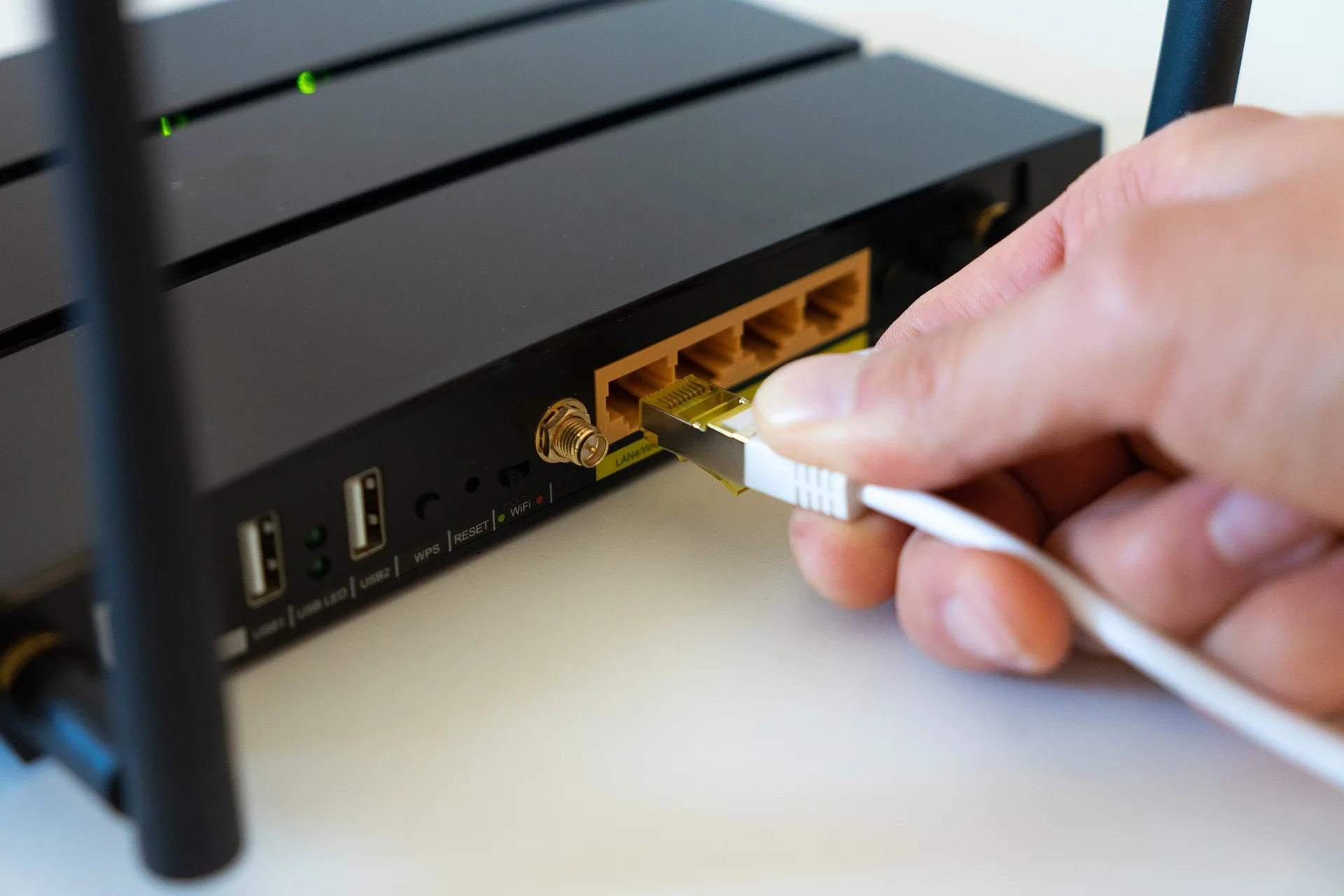A router communicates with the internet and all devices within your home that connects to it. As the name suggests, it “routes traffic” between the devices and to the internet.
A router is essential to your home’s internet infrastructure. Your home WiFi network can be connected to your router, which allows you to connect your smartphone, tablet, smart television, and other devices.
You can enjoy faster internet speeds, protect your family from cyber threats or hackers, and avoid frustrating WiFi dead points.
To be able to choose the right router for you, you can be something other than a computer guru. The best way to select the right equipment is to understand the basics.
What does it take to make routers work?
A typical home can have many internet-connected devices: personal computers, tablets, smartphones, and printers. There is also a thermostat, smart TVs, printers, printers, and other hardware. These devices create a network thanks to your router. Your router directs outgoing and incoming internet traffic to this network in the fastest possible way.
It could be an email, movie, or live feed from your baby cam. Each piece of information uses different bandwidth. It is a daunting task to ensure that this information is delivered accurately and promptly. As more devices are added, think Internet of Things — your router is constantly being asked to do more.
How modems differ from routers
What’s the difference between a modem and a router? It is easy for routers and modems to be confused. These devices are very different. Without a modem, your only option is to use your local network to connect to the internet.
The modem brings internet service from your provider, which is often a cable company or phone company, into your house. The modem connects to your router, delivering internet connectivity through your home network.
Modems were developed to allow communication between digital devices inside your home and analog signals from telephone lines. Modems can play an identical role but with better-speed internet connections (including cable and satellite)
Different types of routers?
There are only two types to remember when it comes to routers:
- Wireless routers. A wireless router connects directly through a cable to a modem. This allows it receives and transmit data to the internet. Your router then creates a WiFi network and communicates with it using the built-in antennas. This will provide internet access to all of your devices.
- Wired routers. A wired network router connects directly through wired connections. The router will usually have a port that connects to the modem to communicate with the internet. Another port — or more ports — allows the wired routers to connect to computers and other devices to spread information.
What to look at when choosing a router
Most internet service providers (ISP) will provide you with a router, a modem, or both for a monthly subscription fee. These routers might not work well for your specific needs, so you should consider purchasing one that does. Here are some points to remember before buying a Router.
WiFi coverage
WiFi signals in a home depend on their size and the barriers that stop signs from reaching their destinations. Many obstacles, including mirrors, fireplaces, and thick walls, block WiFi signals. It is essential to find a router with the ability to reach remote areas of your home. You will also want one with mesh networking — a network that uses a primary router and several additional routers — to enhance and extend WiFi capabilities within a home.
WiFi performance
As technology evolves, router technology also changes. Use the latest technology available and ensure your router has the latest firmware. MU-MIMO stands for multi-user, multiple-input, and multiple-output technology. It stands as multi-user, multiple input, multiple output technology. It allows Wi-Fi-Fi routers that can communicate with various devices at once. This lowers network wait time and improves network speeds.
WiFi security
Cybercriminals may gain access and install spyware and viruses on your computers. They can also spy on what you send them via email and the files you download. Even more clever hackers can hack into your WiFi network at your home and steal your password.
Hackers can use many tools to accomplish this. A router that can provide network-level security could be an excellent choice to help protect against cyberattacks at entry points. Look for a router with built-in security measures such as automatic updates or device quarantine. The more protection you get, the better.
WiFi controls
Routers play an essential role in the connected home. The router you choose should be simple to control. Easy to use and install, the latest routers make it easy to manage. Some include user-friendly applications that can help you manage your network, parental controls, or user time limits.

